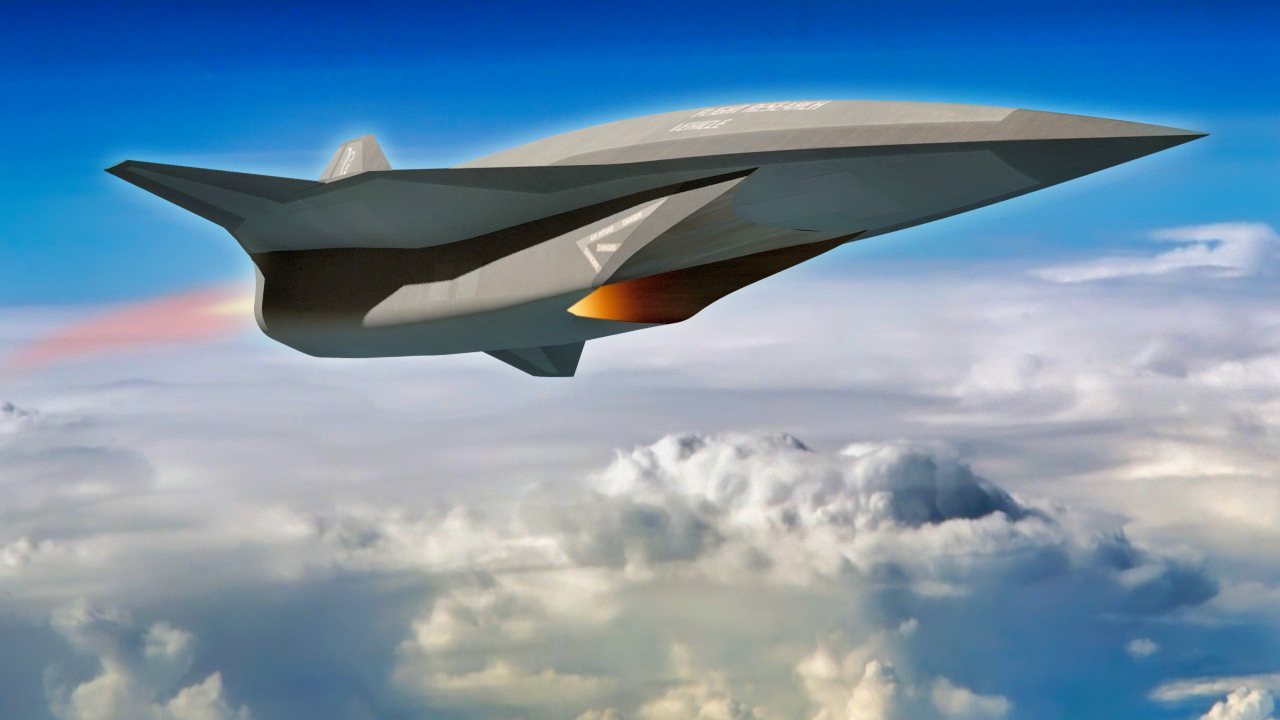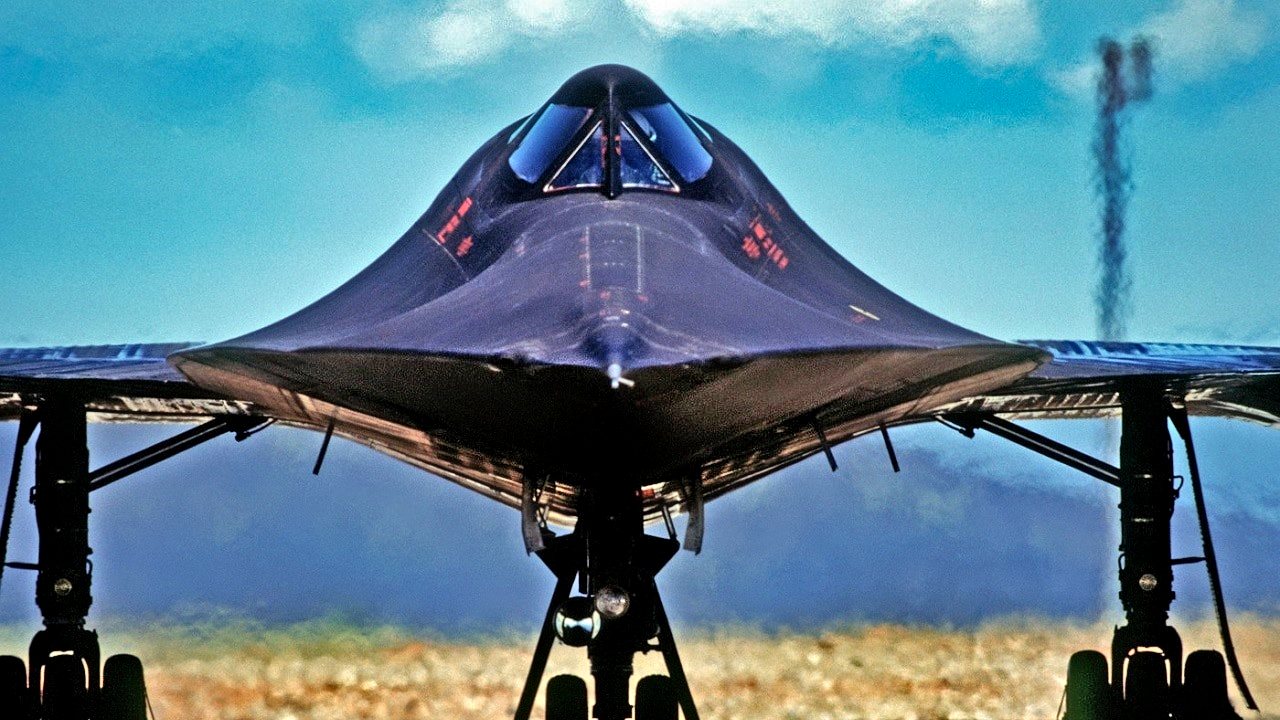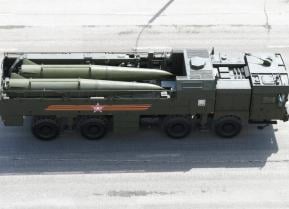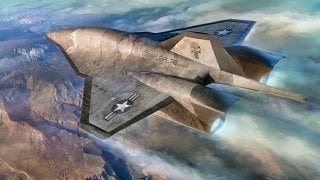Lockheed Martin SR-72 Son of Blackbird or Darkstar: What We Know Right Now
While aviation experts and military buffs widely recognize the SR-71 Blackbird as one of the most sophisticated platforms to fly, less is known about its possible successor: the SR-72 “Son of Blackbird.”
Summary: The article discusses the development of the SR-72 Darkstar, often referred to as the "Son of Blackbird," as a potential successor to the legendary SR-71 Blackbird spy plane. The SR-71 Blackbird is known for its impressive speed and capabilities, which still hold several records, despite being retired. Lockheed Martin is potentially developing the SR-72 as an American hypersonic unmanned aerial vehicle (UAV) with a planned flight expected in 2025. The new concept is intended for surveillance, intelligence, and reconnaissance missions.
SR-72 “Son of Blackbird” or Darkstar Update
Although long retired, the U.S. Air Force’s SR-71 “Blackbird” still holds several records. This spy plane is notably the fastest plane to ever take to the global skies.
While aviation experts and military buffs widely recognize the Blackbird as one of the most sophisticated platforms to fly, less is known about its possible successor: the SR-72 “Son of Blackbird.”
Expected to fly sometime in 2025, the potential American hypersonic unmanned aerial vehicle (UAV) concept is being developed by manufacturer Lockheed Martin as a successor to the legendary Blackbird.
The upcoming concept is intended for surveillance, intelligence, and reconnaissance. Once completed, will the SR-72 live up to the hype that followed its predecessor?
The Origin Story of the SR-71 Blackbird
While aviation-related feats are always particularly impressive, two decades in history really can be considered the pinnacle of technological evolution.
During the 1950s and 1960s, new concepts in metallurgy, electronics, and aviation sparked once-unimaginable developments.
The introduction of the Lockheed SR-71 is perhaps the most outstanding aerial achievement produced in America.
Designed in secrecy, the Blackbird could fly near the edge of space and outfly a missile. The airframe’s development was derived in part by U.S. engineers who were tasked with creating a rival for the Soviet Union’s counterparts.

To gather more accurate intelligence over the USSR, a report commissioned by the U.S. Air Force recommended reconnaissance aircraft should fly at 70,000 feet in order to be safe from the Soviet’s advanced defenses.
Around this time, the Central Intelligence Agency (CIA) pursued the U-2 “Dragon Lady.” The U-2 would fly in numerous successful missions over Soviet territory over the next few decades. While the USSR was largely unsuccessful in taking down these spy planes via air defenses for some time, they ultimately downed a U-2 piloted by Francis Powers in 1960.
The loss of this U-2 really spearheaded the effort to design an airframe faster and more capable of evading Soviet air defenses.
As explained by the revered aircraft designer Clarence Johnson who led Lockheed Martin’s infamous Skunk Works at the time, “Everything had to be invented. Everything.”
The A-12 was designed first, followed by the Blackbird. The airframe was constructed to fly at speeds over Mach-3.0 (times the speed of sound.) While the Blackbird possessed radar countermeasures to avoid enemy air defenses, the airframe’s greatest defense was its extremely high speed and altitude capabilities.

Essentially, no surface-to-air missiles (SAMs) could work fast enough to catch the speedy airframe.
Today, the SR-71 is still considered to be the highest-flying, fastest aircraft ever built.
Introducing the Blackbird’s successor, the SR-72 Darkstar or Son of Blackbird
When the Blackbird was relegated to retirement in the late 1990s, aviation buffs speculated on Lockheed’s next big project.
Recent hints that the manufacturer’s Skunk Works division may have already provided a new spy airframe to the U.S. Air Force have reinvigorated speculation about the Blackbird’s successor.
During its time in the air, the SR-71 famously outran more than 4,000 missiles fired at it. The SR-72 is being designed to achieve the same feat.
This time, however, the Son of Blackbird will be even faster than its “father” so that it can outpace even the most advanced modern-day air defenses.
To do this, the upcoming airframe will need to reach hypersonic speeds over Mach-5.0- a truly unimaginable ability.
Lockheed’s program manager Brad Leland noted that “Hypersonic aircraft, coupled with hypersonic missiles, could penetrate denied airspace and strike at nearly any location across a continent in less than an hour,” adding that “Speed is the next aviation advancement to counter emerging threats in the next several decades. The technology would be a game-changer in theater, similar to how stealth is changing the battlespace today.”

Up until now, reaching this high speed has only been accomplished with single-use technology demonstrators and rocket-propelled aircraft.
As detailed by The Aviation Geek Club, “The Waverider successfully launched from a B-52 and was powered to Mach 4.8 by a booster rocket. The X-51 then accelerated to Mach 5.1 after igniting its ramjet engine.”

The original Blackbird was powered by the unique Pratt & Whitney J58 turbojet engine, which aviation experts often refer to as a “turboramjet.” The engine used by the Son of Blackbird will have to be quite the powerhouse in order to meet the airframe’s expectations.
As tensions between Washington and Beijing continue to ramp up, the race to achieve next-generation capabilities is on. The USAF and PLAAF are developing their respective sixth-generation fighter and bomber programs. Moscow is also working toward further developing its hypersonics.

The timely production of the next Blackbird will be vitally important for U.S. national security interests.
About the Author: Maya Carlin
Maya Carlin, National Security Writer with The National Interest, is an analyst with the Center for Security Policy and a former Anna Sobol Levy Fellow at IDC Herzliya in Israel. She has by-lines in many publications, including The National Interest, Jerusalem Post, and Times of Israel. You can follow her on Twitter: @MayaCarlin. Email the author: [email protected].


